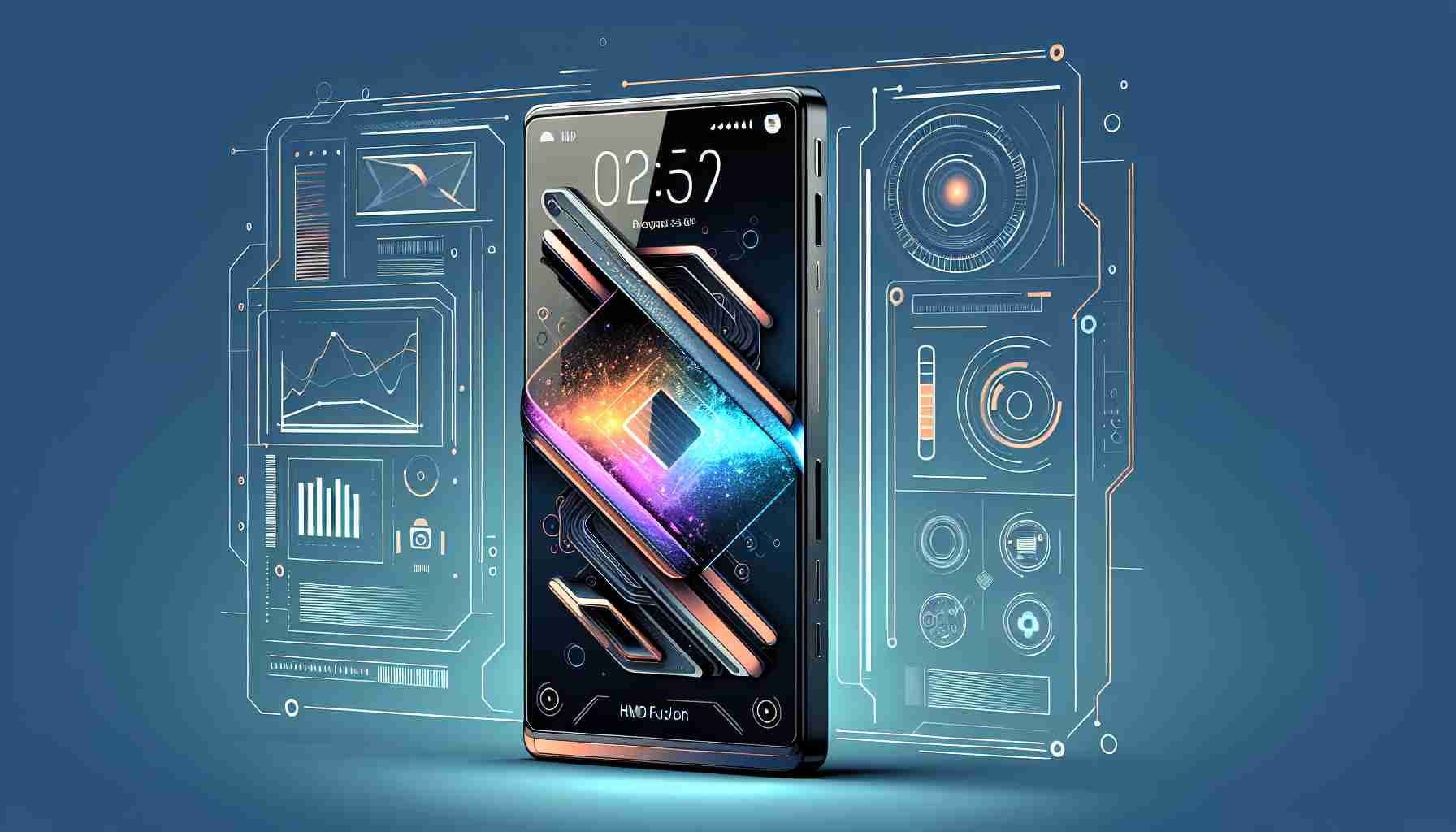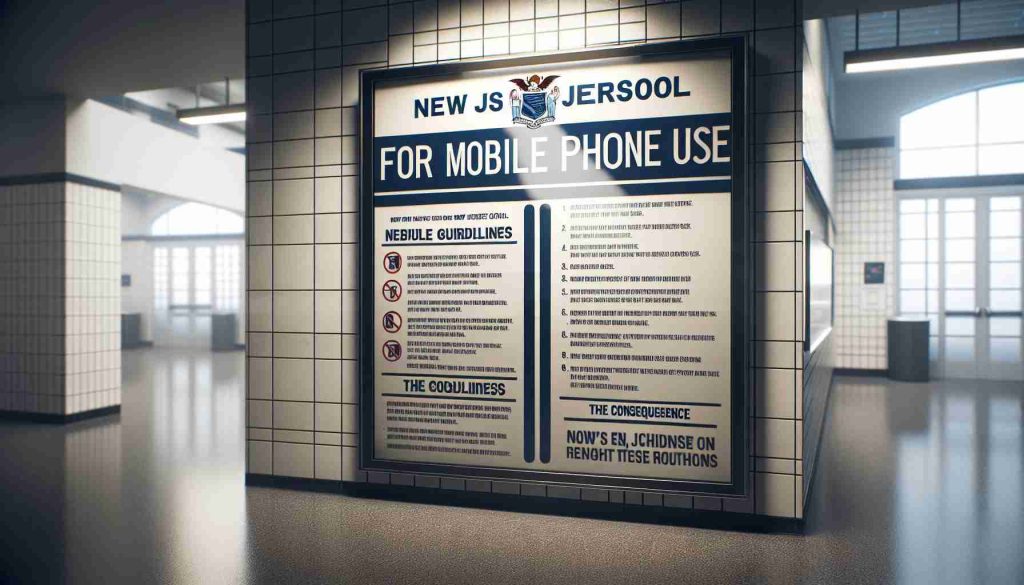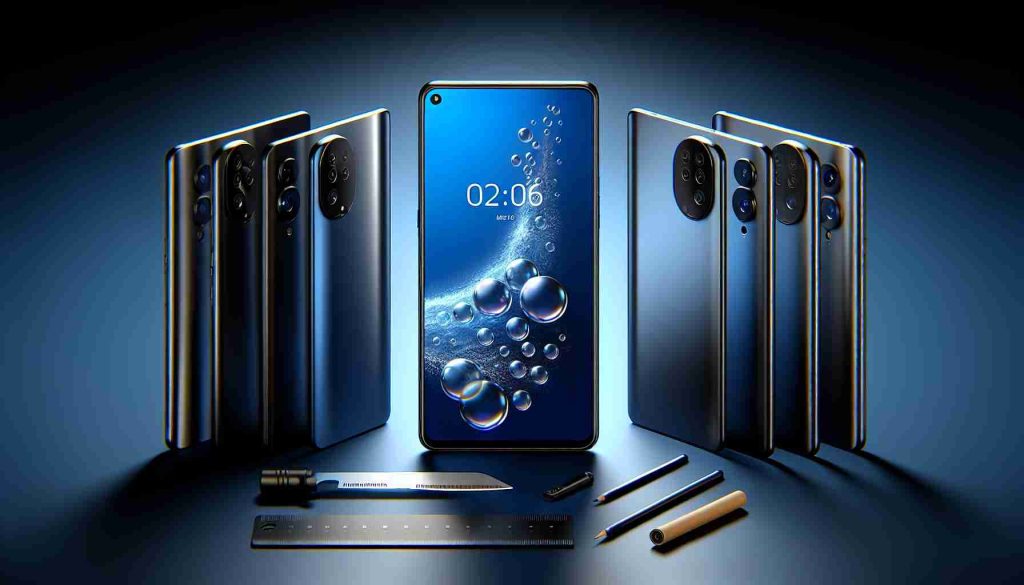Today marks the launch of the HMD Fusion, a groundbreaking device from HMD Global, a new steward of Nokia’s patents, focusing on modular smartphone design. The HMD Fusion stands out with its unique interchangeable back panels, known as Fusion Outfits, which can enhance the smartphone’s capabilities. These panels offer various features such as wireless charging, improved drop protection, and even a ring light for vibrant selfies and streaming sessions. They attach seamlessly through Smart Pins on the device’s rear.
One of the most impressive aspects of the HMD Fusion is its accessibility for customization. Users will have the opportunity to design and print their own back panels using their 3D printers, utilizing the HMD Fusion Development Toolkit. This means that personalization is just a creative idea away.
The core design of the HMD Fusion is user-friendly, featuring a semi-transparent plastic body that facilitates easy repairs. This allows quick access to essential components like the battery and screen, making repairs straightforward. The smartphone boasts a 6.56-inch HD+ IPS LCD display with a 90Hz refresh rate, a 50-megapixel front camera for stunning selfies, and a powerful rear camera setup that includes a 108-megapixel primary camera complemented by a 2-megapixel depth sensor.
With a price tag of just 249 euros, the HMD Fusion offers an appealing combination of features and innovative functionality.
Introducing the HMD Fusion Smartphone: A Gamechanger in Personalization and Sustainability
The HMD Fusion smartphone, recently launched by HMD Global, is not just another device in a saturated market; it represents a significant shift in the way consumers approach smartphone ownership. By focusing on modularity and customization, HMD Global taps into a growing desire for personalization and environmental sustainability in tech.
Among the innovative features of the HMD Fusion are its environmental credentials. The device is designed with sustainability in mind, promoting longer usage times and reducing electronic waste. The interchangeable Fusion Outfits allow users to update their phone’s functionality over time, reducing the need to replace the device entirely as features become outdated.
Key Questions and Answers:
1. What makes the HMD Fusion stand out from other smartphones?
The HMD Fusion’s modular design, featuring interchangeable back panels that enhance functionality, sets it apart. Users can customize their device with wireless charging capabilities, better protection, or additional features tailored to their lifestyle.
2. How can users create their own back panels?
Users can design and print back panels using the HMD Fusion Development Toolkit, which promotes creativity and personalization. This opens the door for unique designs that reflect individual styles.
3. What are the main challenges associated with the HMD Fusion?
The main challenges include ensuring the longevity and compatibility of the interchangeable parts as technology evolves, and educating consumers on how to effectively utilize its modular capabilities.
Advantages and Disadvantages:
Advantages:
– Customization: Users have control over the aesthetics and functionality of their smartphone.
– Repairability: The design allows for easy repairs, which can save users time and money.
– Sustainability: The modular aspect encourages longevity, reducing electronic waste.
– Competitive Pricing: Priced at 249 euros, it offers high-end features at an affordable rate.
Disadvantages:
– Market Adoption: The concept of modular phones has seen limited success in the past, and it remains to be seen if consumers will embrace this new approach.
– Potential Quality Concerns: As the device relies heavily on third-party designs and home 3D printing, there may be inconsistency in quality among user-created parts.
– Learning Curve: The customization process might be daunting for less tech-savvy individuals.
In summary, the HMD Fusion smartphone stands at the intersection of innovation, personalization, and sustainability. It proposes a future where devices are not only tools but also canvases for individual expression. However, the success of this ambitious model will depend on consumer reception and the broader tech landscape’s support for modularity.
For more information about HMD Global and its innovative technologies, visit HMD Global.























